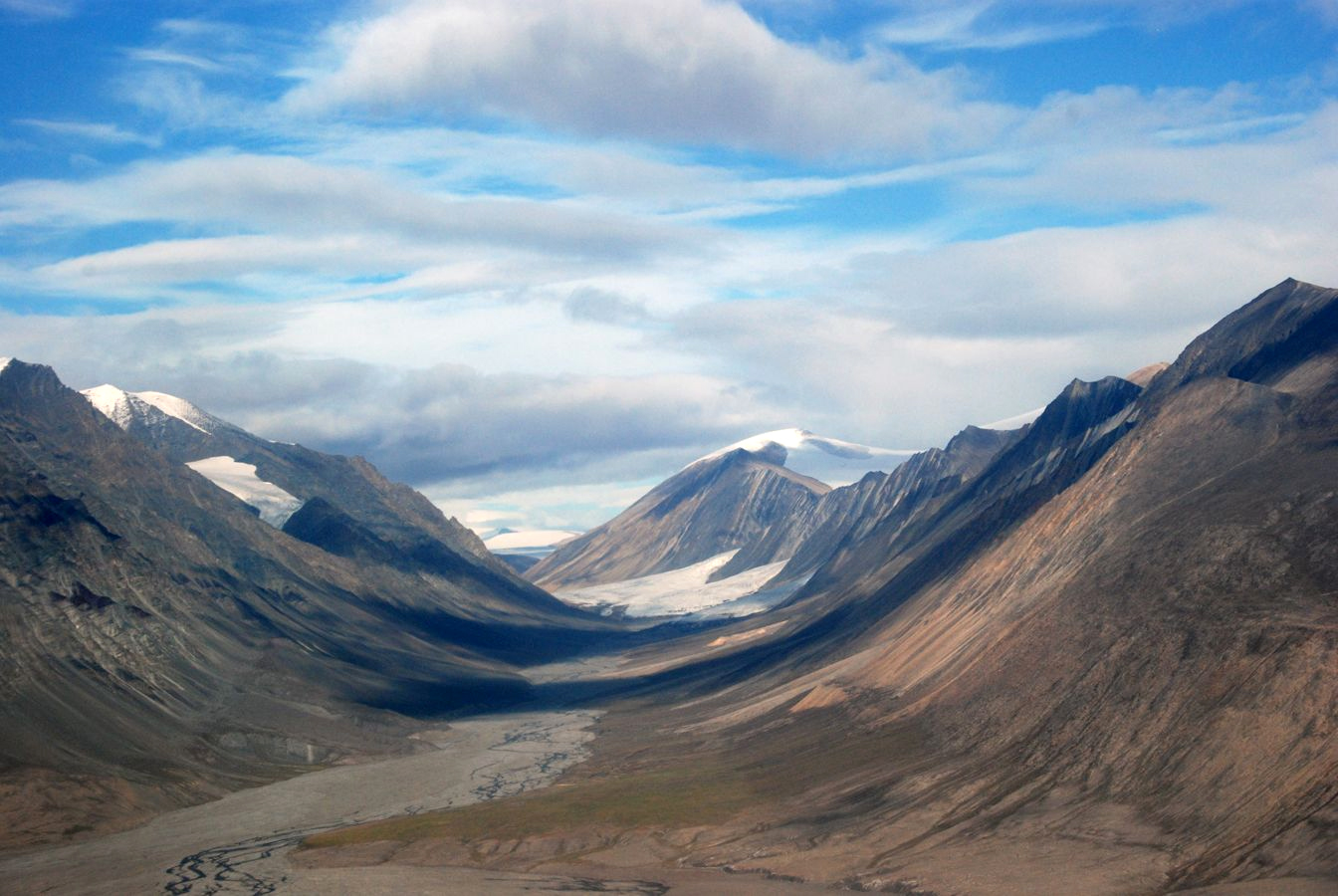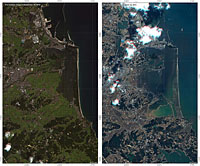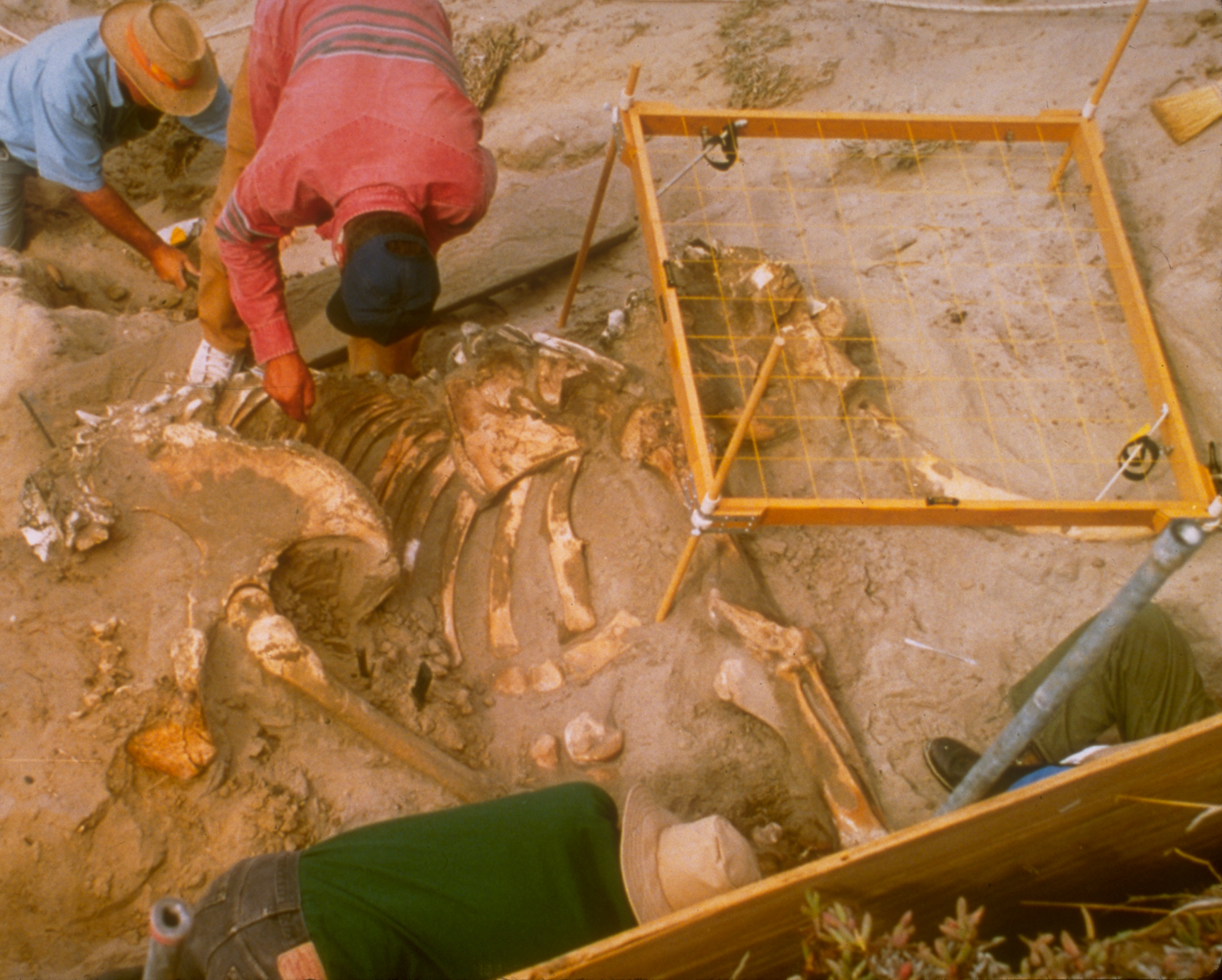Contacts: Jennifer Walsh, Media Relations Officer Alison Burnette, Media Relations Assistant Office of News and Public Information 202-334-2138; e-mail
FOR IMMEDIATE RELEASE
CO2 EMISSIONS CAUSING OCEAN ACIDIFICATION TO PROGRESS AT UNPRECEDENTED RATE
WASHINGTON -- The changing chemistry of the world's oceans is a growing global problem, says the summary of a congressionally requested study by the National Research Council, which adds that unless man-made carbon dioxide (CO2) emissions are substantially curbed, or atmospheric CO2 is controlled by some other means, the ocean will continue to become more acidic. The long-term consequences of ocean acidification on marine life are unknown, but many ecosystem changes are expected to result. The federal government's National Ocean Acidification Program, currently in development, is a positive move toward coordinating efforts to understand and respond to the problem, said the study committee.
The ocean absorbs approximately a third of man-made CO2 emissions, including those from fossil-fuel use, cement production, and deforestation, the summary says. The CO2 taken up by the ocean decreases the pH of the water and leads to a combination of chemical changes collectively known as ocean acidification.
Since the beginning of the industrial revolution, the average pH of ocean surface waters has decreased approximately 0.1 unit -- from about 8.2 to 8.1 -- making them more acidic. Models project an additional 0.2 to 0.3 drop by the end of the century. This rate of change exceeds any known to have occurred in hundreds of thousands of years, the report says. The ocean will become more acidic on average as surface waters continue to absorb atmospheric CO2, the committee said.
Studies on a number of marine organisms have shown that lowering seawater pH with CO2 affects biological processes, such as photosynthesis, nutrient acquisition, growth, reproduction, and individual survival depending upon the amount of acidification and the species tested, the committee found. For example, some of the strongest evidence of the potential effects of ocean acidification on marine ecosystems comes from experiments on organisms with calcium carbonate shells and skeletons. The results showed decreases in shell and skeletal growth in a range of marine organisms, including reef-building corals, commercially important mollusks such as oysters and mussels, and several types of plankton at the base of marine food webs.
The ability of various marine organisms to acclimate or adapt to ocean acidification is unknown, but existing data suggest that there will be ecological winners and losers, leading to shifts in the composition and functioning of many marine ecosystems, the committee said. Such ecosystem changes could threaten coral reefs, fisheries, protected species, and other natural resources.
Although changes in ocean chemistry caused by increasing atmospheric CO2 can be determined, not enough information exists to assess the social or economic effects of ocean acidification, much less develop plans to mitigate or adapt to them, the committee noted.
The federal government has taken initial steps to respond to the nation's long-term needs with the development of the National Ocean Acidification Program. The committee found that legislation has laid the foundation for a program that will advance our understanding and improve our response to ocean acidification.
The committee recommended six key elements of a successful National Ocean Acidification Program:
· an integrated ocean acidification observation network that includes the development of new tools, methods, and techniques to improve measurements · research in eight broad areas to fulfill critical information gaps · assessments to identify stakeholder concerns and a process to provide relevant information for decision support · a data management office that would ensure data quality, access, and archiving, plus an information exchange that would provide research results, syntheses, and assessments to managers, policymakers, and the general public · facilities to support high-quality research and training of ocean acidification researchers · an effective 10-year strategic plan for the program that will identify key goals, set priorities, and allow for community input, in addition to a detailed implementation plan
The study is funded by the National Oceanic and Atmospheric Administration, NASA, the U.S. Geological Survey, and the National Science Foundation. The National Academy of Sciences, National Academy of Engineering, Institute of Medicine, and National Research Council make up the National Academies. They are independent, nonprofit institutions that provide science, technology, and health policy advice under an 1863 congressional charter. Committee members, who serve pro bono as volunteers, are chosen by the Academies for each study based on their expertise and experience and must satisfy the Academies' conflict-of-interest standards. The resulting consensus reports undergo external peer review before completion. For more information, visit http://national-academies.org/studycommitteprocess.pdf. A committee roster follows.
# # #
[ This news release and summary of the study are available at HTTP://NATIONAL-ACADEMIES.ORG ]
NATIONAL RESEARCH COUNCIL Division on Earth and Life Studies Ocean Studies Board
COMMITTEE ON DEVELOPMENT OF AN INTEGRATED SCIENCE STRATEGY FOR OCEAN ACIDIFICATION MONITORING, RESEARCH, AND IMPACTS ASSESSMENT
FRANCOIS M.M. MOREL * (CHAIR)Albert G. Blanke Jr. Professor of GeosciencesDirector, Center for Environment BioInorganic ChemistryPrinceton UniversityPrinceton, N.J.
DAVID ARCHER Professor Department of Geophysical SciencesUniversity of ChicagoChicago
JAMES P. BARRY Senior ScientistMonterey Bay Aquarium Research InstituteMoss Landing, Calif.
GARRY D. BREWER Frederick K. Weyerhauser Professor of Resource and Policy ManagementSchool of MangementYale UniversityNew Haven, Conn.
JORGE E. CORREDOR ProfessorDepartment of Marine SciencesUniversity of Puerto Rico - MayaguezLajasPuerto Rico
SCOTT C. DONEYSenior ScientistDepartment of Marine Chemistry and GeochemistryWoods Hole Oceanographic InstitutionWoods Hole, Mass.
VICTORIA J. FABRY Professor of BiologyDepartment of Biological SciencesCalifornia State UniversitySan Marcos
GRETCHEN E. HOFMANN ProfessorDepartment of Ecology, Evolution, and Marine BiologyUniversity of California, Santa BarbaraSanta Barbara
DANIEL S. HOLLAND Research ScientistGulf of Maine Research InstitutePortland
JOAN A. KLEYPAS Scientist IINational Center for Atmospheric ResearchBoulder, Colo.
FRANK J. MILLERO Professor of Marine and Physical ChemistryRosentiel School of Marine and Atmospheric ScienceUniversity of MiamiMiami
ULF RIEBESELL Head of Biological OceanographyMarine Biogeochemistry/Biological OceanographyLeibniz Institute of Marine SciencesKielGermany
RESEARCH COUNCIL STAFF
SUSAN ROBERTS Study Director * Member, National Academy of Sciences | 



















